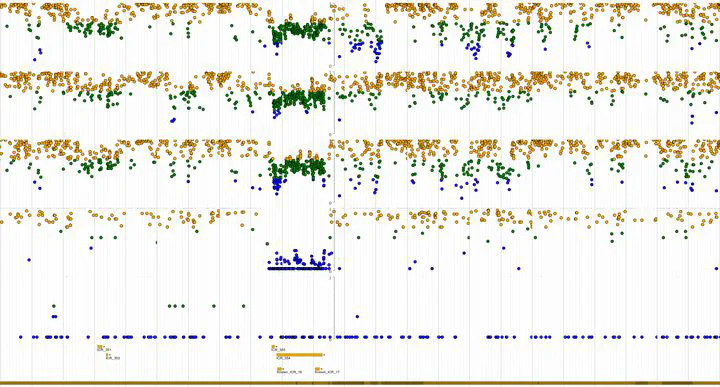Genomic map of candidate human imprint control regions: the imprintome
Jan 1, 2022·,,,,,,,,,,,·
0 min read
Jima DD
Skaar DA
Planchart A
Motsinger-Reif A
Cevik SE
Park SS
Cowley M
Wright F
House J
Liu A
Jirtle RL
Hoyo C.
 Image credit: Unsplash
Image credit: UnsplashAbstract
Imprinted genes - critical for growth, metabolism, and neuronal function - are expressed from one parental allele. Parent-of-origin-dependent CpG methylation regulates this expression at imprint control regions (ICRs). Since ICRs are established before tissue specification, these methylation marks are similar across cell types. Thus, they are attractive for investigating the developmental origins of adult diseases using accessible tissues, but remain unknown. We determined genome-wide candidate ICRs in humans by performing whole-genome bisulphite sequencing (WGBS) of DNA derived from the three germ layers and from gametes. We identified 1,488 hemi-methylated candidate ICRs, including 19 of 25 previously characterized ICRs (https://humanicr.org/). Gamete methylation approached 0% or 100% in 332 ICRs (178 paternally and 154 maternally methylated), supporting parent-of-origin-specific methylation , and 65% were in well-described CTCF-binding or DNaseI hypersensitive regions. This draft of the human imprintome will allow for the systematic determination of the role of early-acquired imprinting dysregulation in the pathogen esis of human diseases and developmental and behavioural disorders.
Type
Publication
In Epigenetics Journal